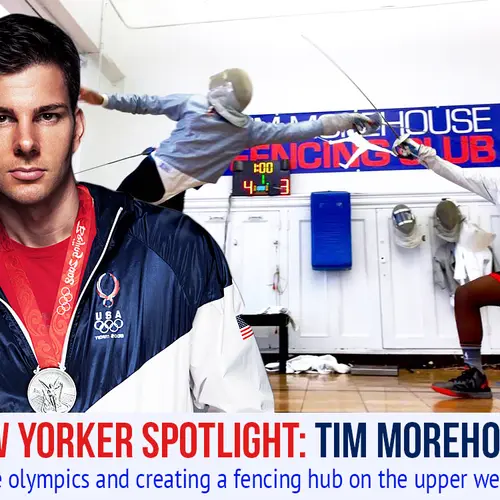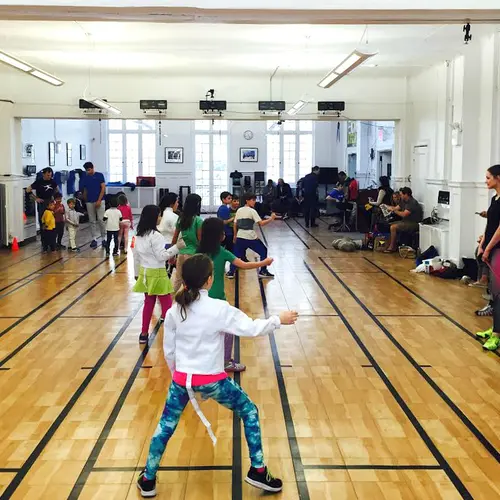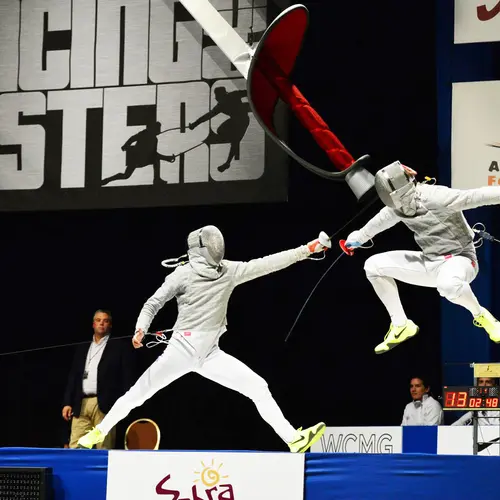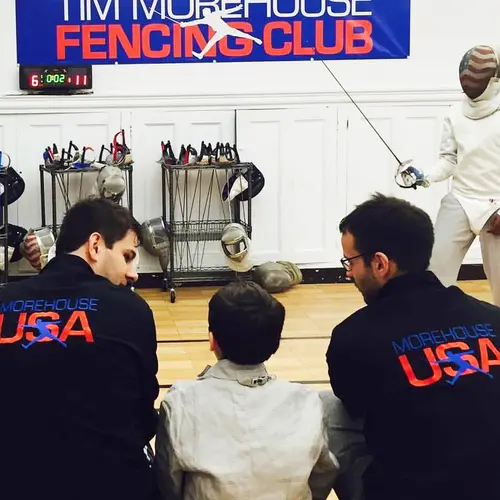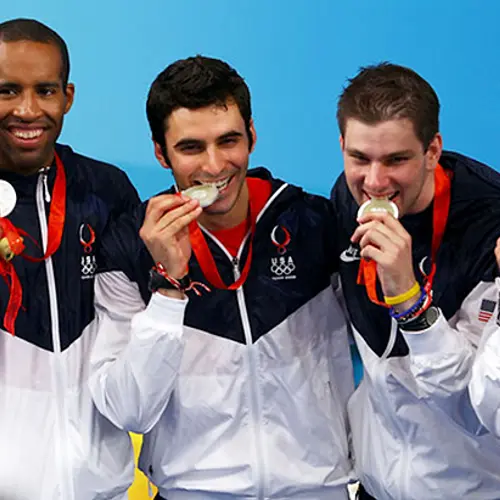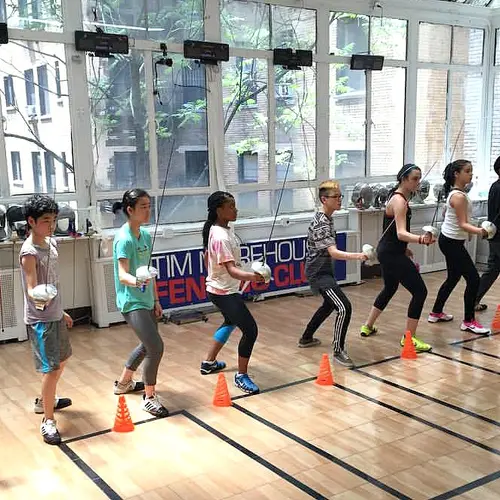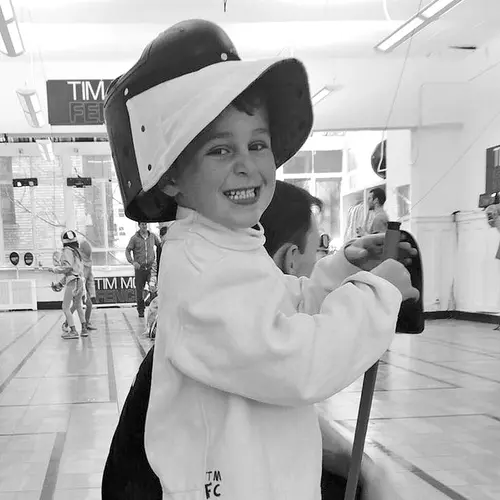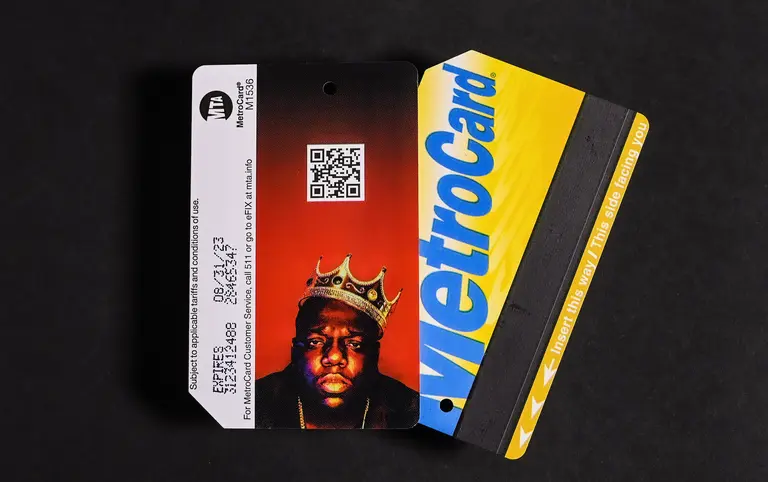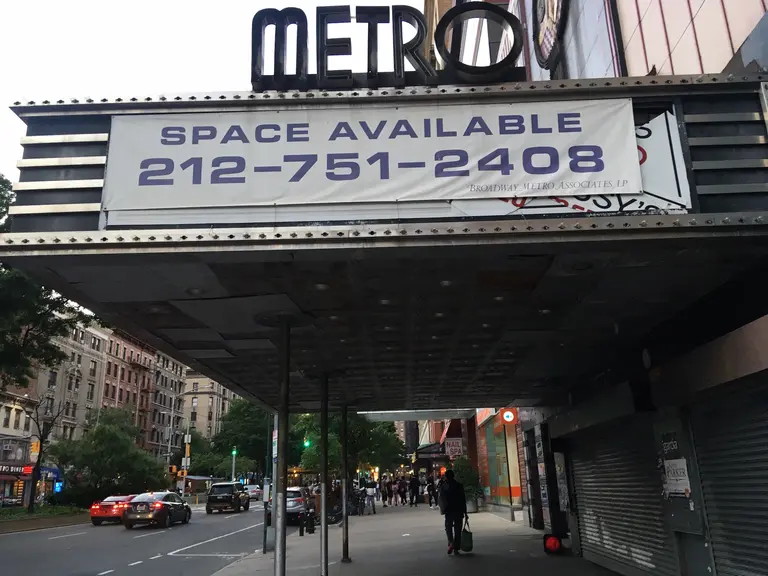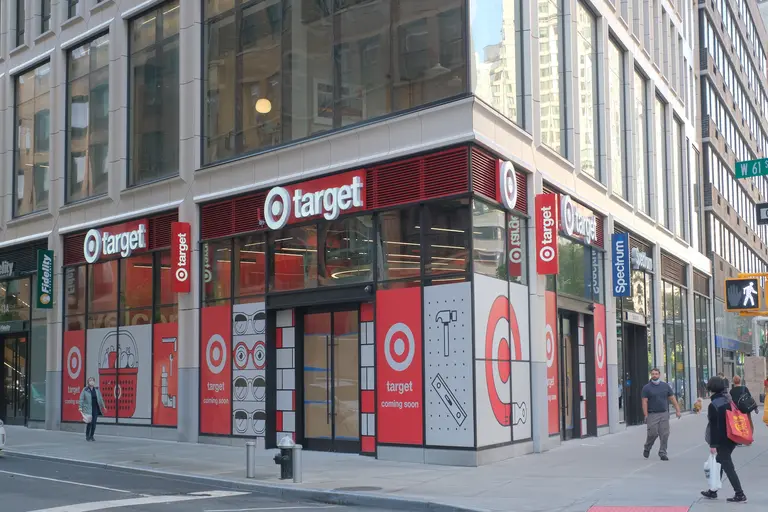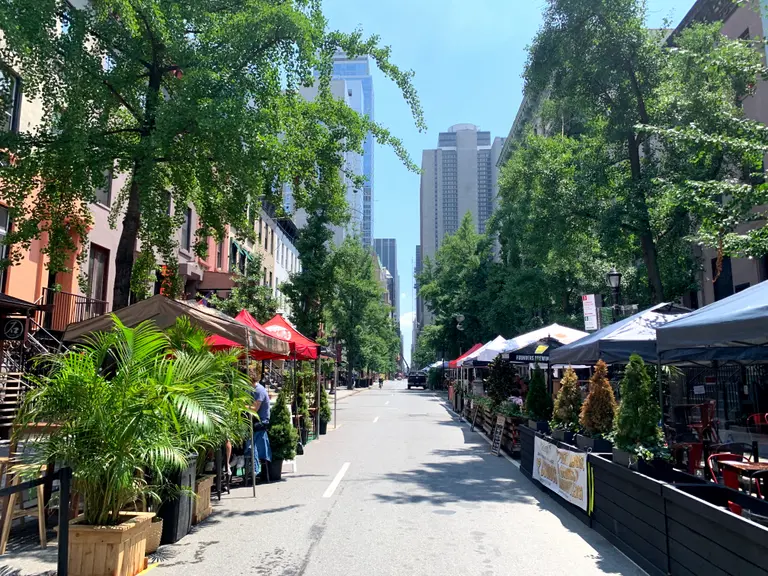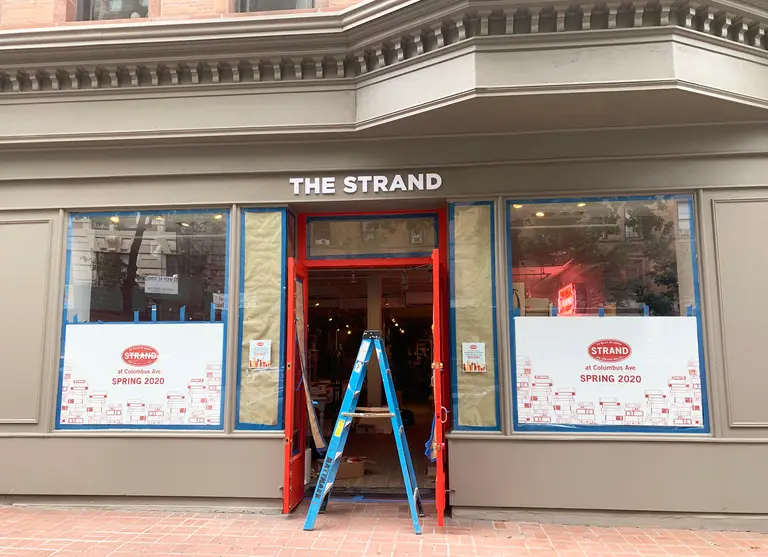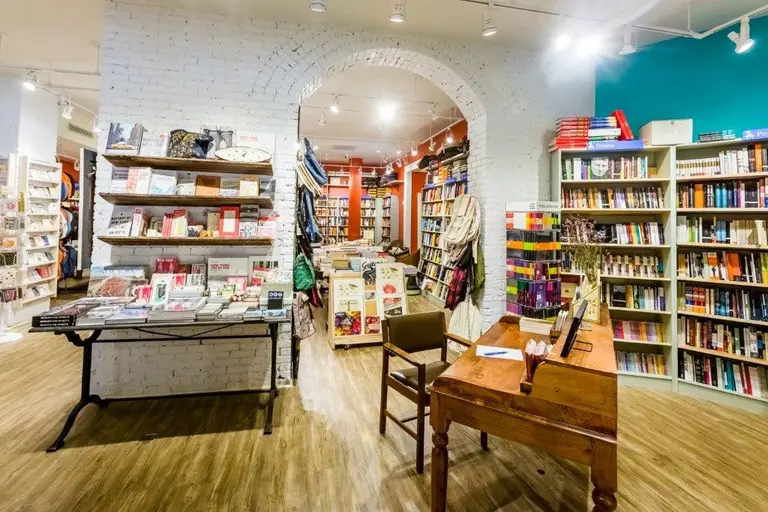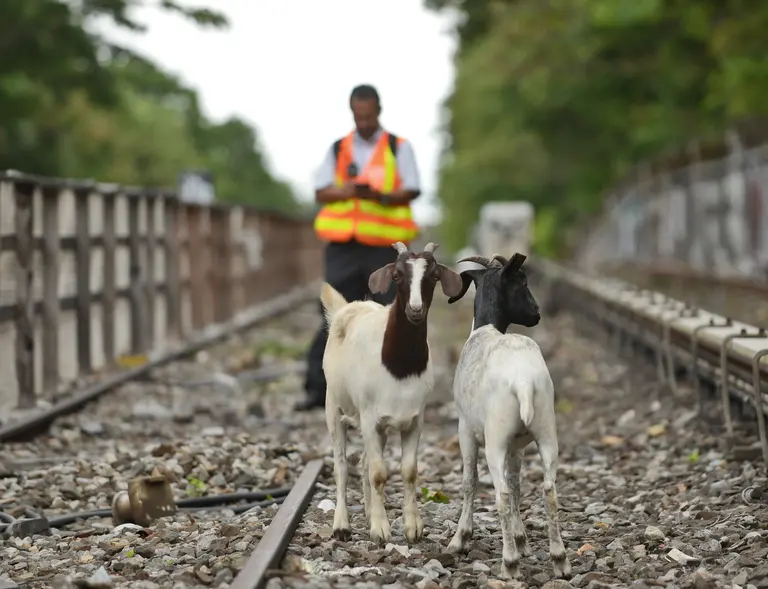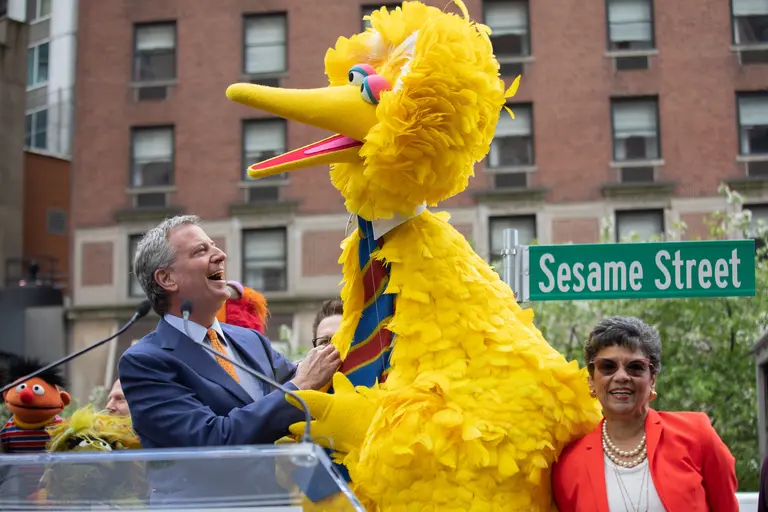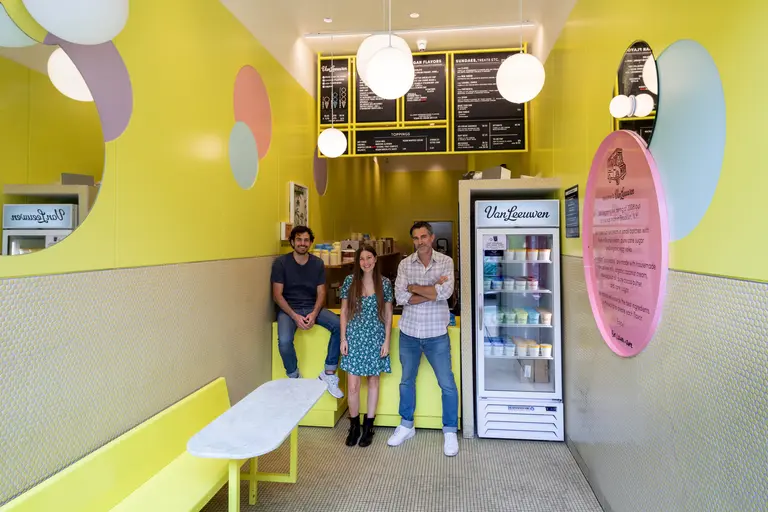Spotlight: Olympic Silver Medalist Tim Morehouse Hopes to Create a Fencing Hub on the UWS
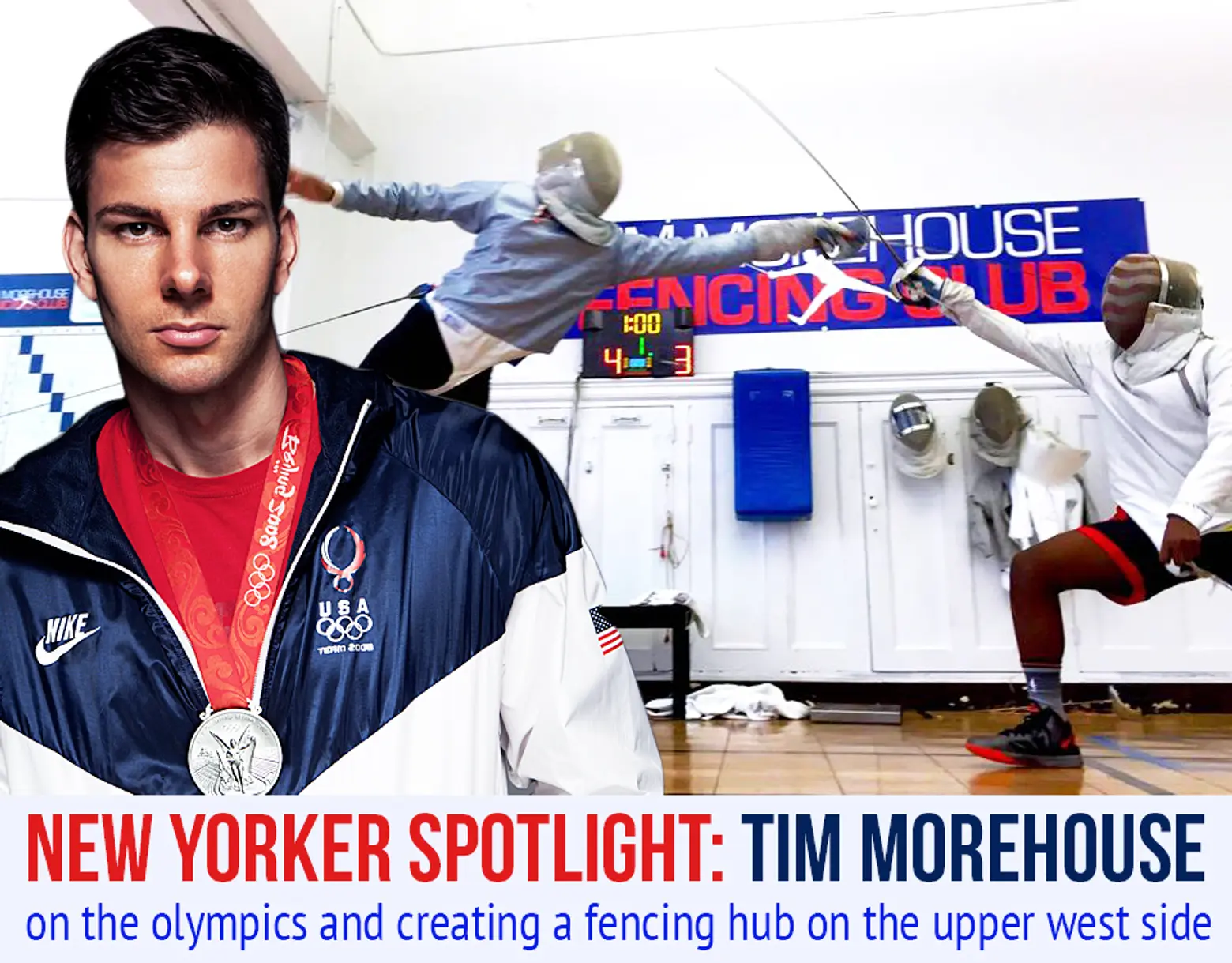
The opening ceremonies for the 2016 Rio Olympics are a week away, and for many of us it’s all about the swimming, gymnastics, and track and field. But for Tim Morehouse, the main event is fencing, a sport with three weapons (sabre, foil, and epee) that has tremendous depth internationally. In 2008, Tim was part of the US men’s sabre team that won silver in Beijing, and in 2012 in London, he reached the quarterfinals in the men’s individual sabre event.
Four years later, Tim has transitioned from a competitor to a fencing ambassador, aiming to raise the sport’s profile in the United States. To accomplish this, he founded and runs Fencing in the Schools, a non-profit organization that teaches physical education teachers the basics of fencing so they can introduce it to their students – especially those who might otherwise not have the opportunity to try it – with the hope of a few of them wanting to take it beyond gym class. In November 2015, Tim continued his mission by opening his own sabre club on the Upper West Side. Though less than a year old, the club is already making a name for itself on 91st, as well as way beyond; at the recent United States Fencing Association‘s National Championships in Dallas, two of club’s students medalled.
6sqft recently spoke with Tim to discuss the Olympics, starting his own club, and his goals of making fencing accessible to everyone.
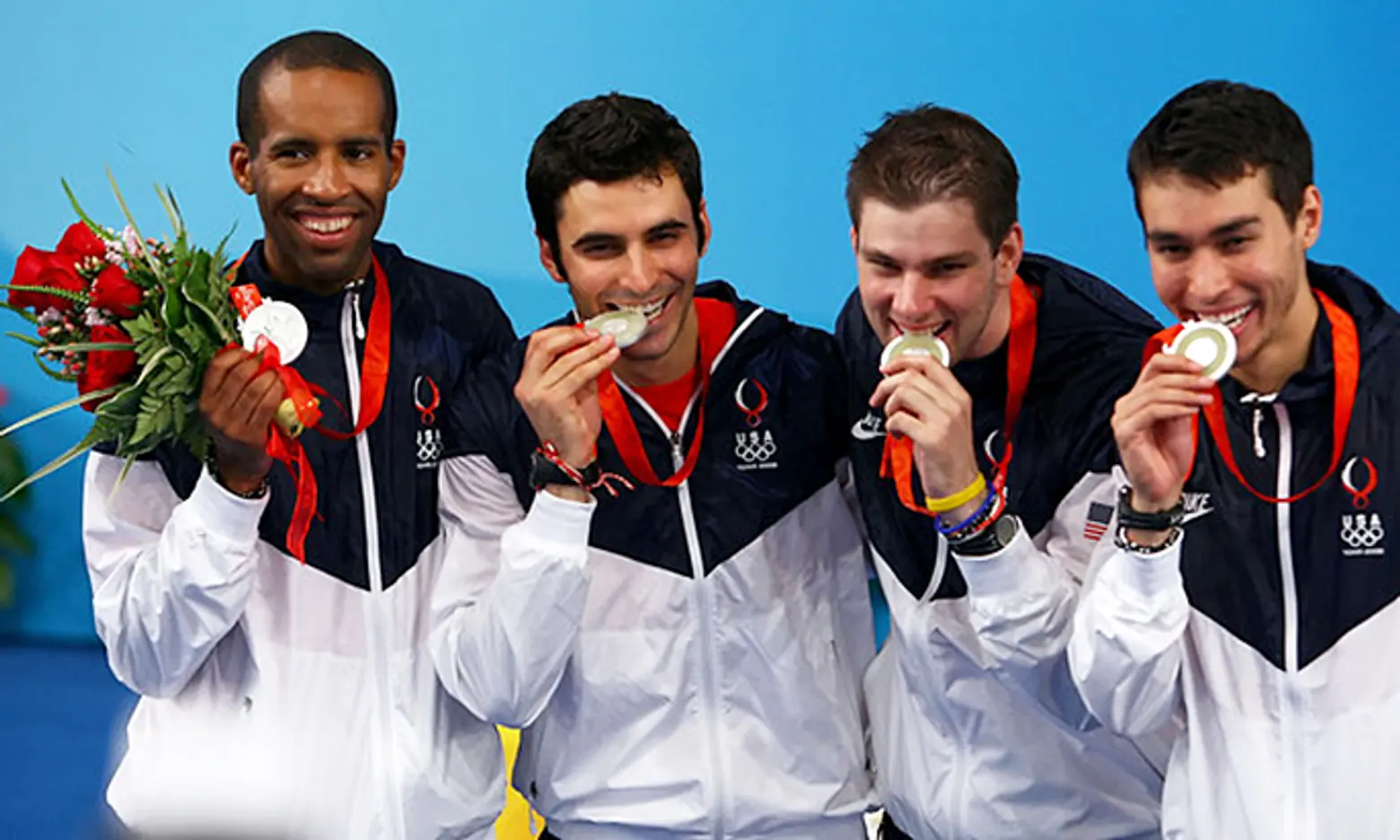
This will be your first Olympics since you transitioned from a competitor to a fencing ambassador. How does it feel to be on the other side?
I’ll be eagerly watching. Most of the 2016 team were my teammates in London and for a lot of them it was their first Olympics. Our men’s foil team has really blossomed over the last four years, and I’m excited to see them win Olympic medals. We’ve never won a gold medal in men’s fencing, but I think there’s a very good chance that one of our guys is going to do it. I’m excited to see Mariel Zagunis in her fourth Olympics and my former clubmates [and New Yorkers] Daryl Homer, Dagmara Wozniak and Monica Aksamit compete.
You were recently in a commercial for Chase bank. Do people recognize you on the street now?
Yeah, a little bit. I get these weird looks from people and they’re trying to put two and two together. That was the largest marketing campaign ever that a fencer’s been in. Even with some of the amazing press fencing athletes are getting now, this ran during the NCAA Final Four, and to be in a commercial with Serena Williams and the Rockettes was just surreal. People definitely remember that there was a fencer in the commercial and honestly that’s great for me too because there’s more association now that fencing is a sport and the respect for the sport is growing and number of participants is growing. All of my work now is to make it more accessible and modernize the sport. I think my big play for the future is to reduce the amount of equipment you need for fencing and hopefully make us the highest tech sport in the world.
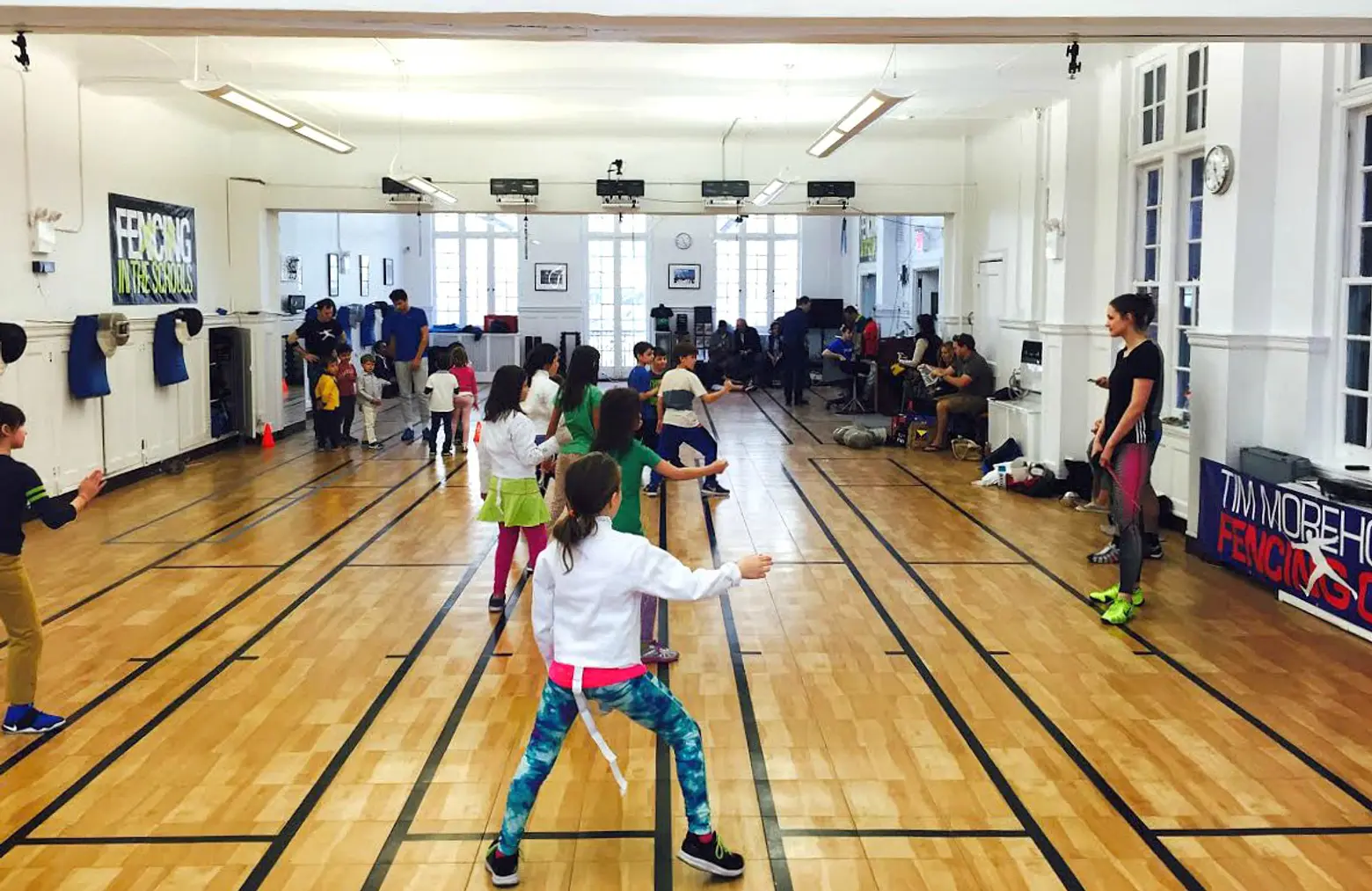
What inspired you to start Fencing in the Schools after the 2012 Olympics? Can you tell us a bit about the organization and the work it’s doing here in New York?
I started fencing in school when I was 13. I probably never would’ve had this crazy Olympic journey if my school hadn’t had a fencing team. So I felt very fortunate and wanted to make sure other kids had that opportunity. My background is really education; I have a master’s in education, and I was a teacher right out of college. I love teaching, I love fencing, I love the Olympics, and Fencing in Schools is bringing all my passions together.
We’re going to be running about 15-20 PE programs this year. We’re a small organization, so for these next couple years we’re going to focus on creating varsity teams. We launched our first varsity team in Harlem, and we’re going to have five teams in New York City this year. We have two kids leaving for China today to go to a training camp for two weeks and tour the country. So it’s my goal now through these varsity teams to have college-ready fencers and then with our PE programs to just expose kids to fencing.
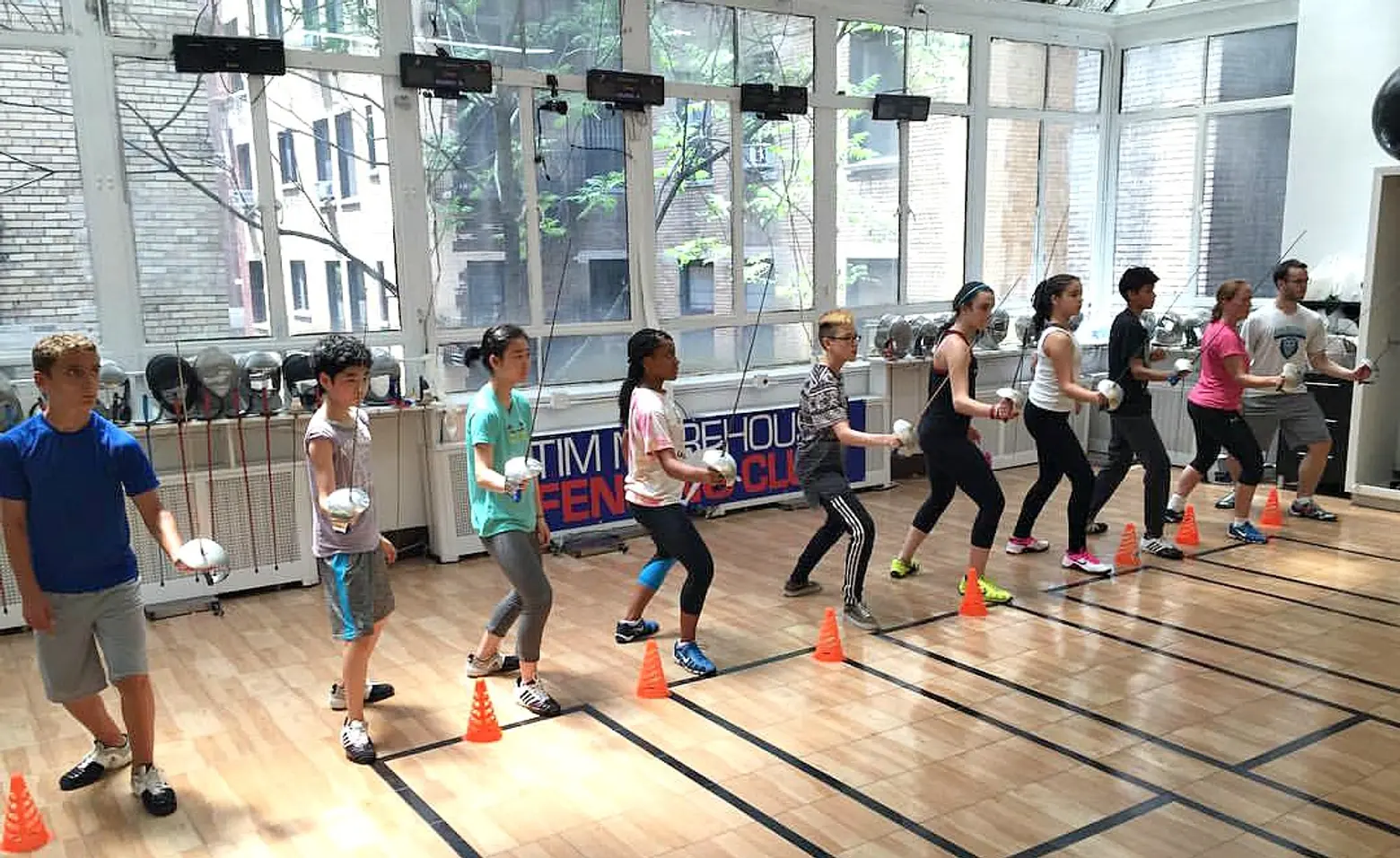
There’s things I’m going to miss about competing, but at this point in my life, if I were to trade everything that I’ve done in the last four years with Fencing in Schools and now the club for another Olympics spot, I would not make that trade. I’m very happy with the work I’ve been putting in and how much we’ve accomplished, and this is really where the rest of my life is going to be, which is growing the sport of fencing, helping low income kids get into the sport and get to college, and hopefully growing the champions of the future.
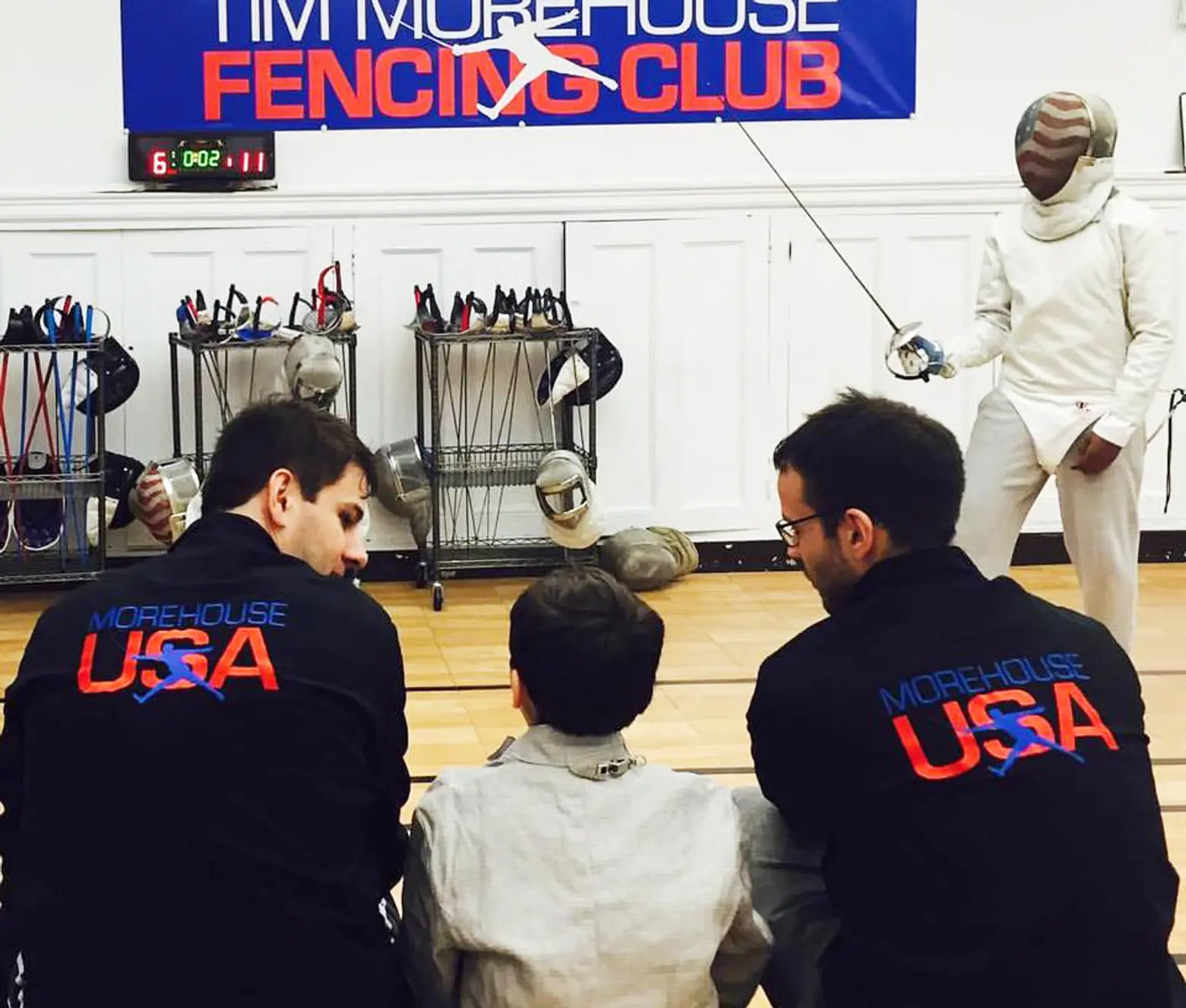
Why did you decide to open your own club and how has it grown?
My wife had been wanting me to open the club for a few years, but I wanted a place to bring the Fencing in the Schools kids who wanted to go further. I had a lot of people asking about training with me, and I wanted a classroom again, which is my club. It’s my laboratory for trying out new exercises and figuring out how to create high-performing students of fencing, but also of life.
Anyone who has been a member here for more than a few months has seen that every month there’s something different or new. It’s the same process that got me to the Olympics and helped me win a medal–constantly trying to do something better, refine the edges, be the most impactful with our time, build a winning culture. We already had a couple students, Sydney Hirsch and Amber White, win medals at the national championships last week. We finished 15th out of all the sabre clubs in the country, which after eight months is tremendous.
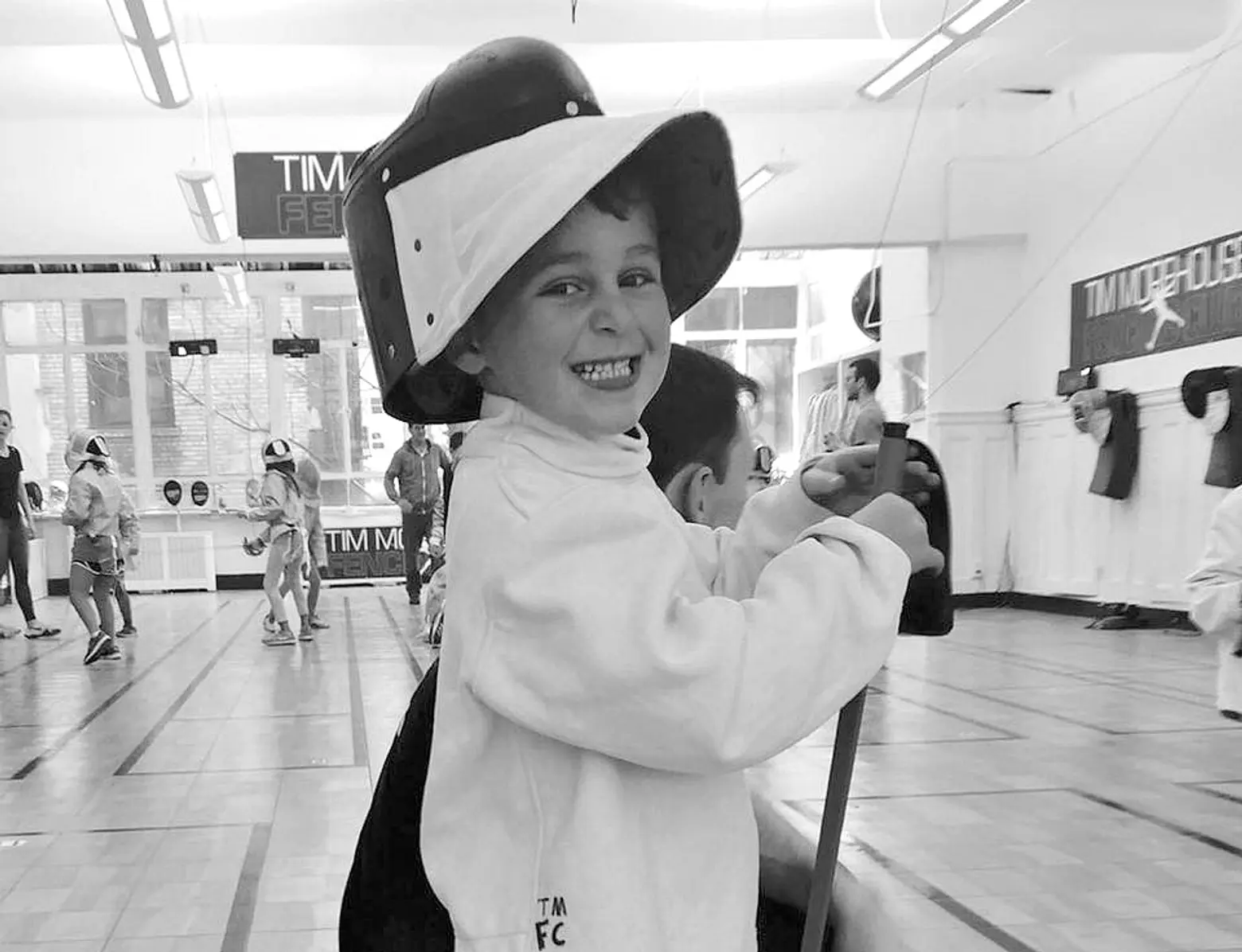
Did you choose the Upper West Side purposefully?
The old Fencers Club used to be on 71st between Broadway and Amsterdam. That’s the first club I went to in the ’90s. They’re downtown now, so I wanted to serve the Upper West Side. I’m an Upper West Sider, and I think there’s not a better location in New York with kids and families than where we are.
Where do you hope the club will be in a few years?
I think my dream is to have some sort of facility like Alvin Ailey has on the West Side where you have a building and community programs, you’ve got top athletes training there, you’ve got a performance or tournament space. I hope to build the most elite facility in the world.
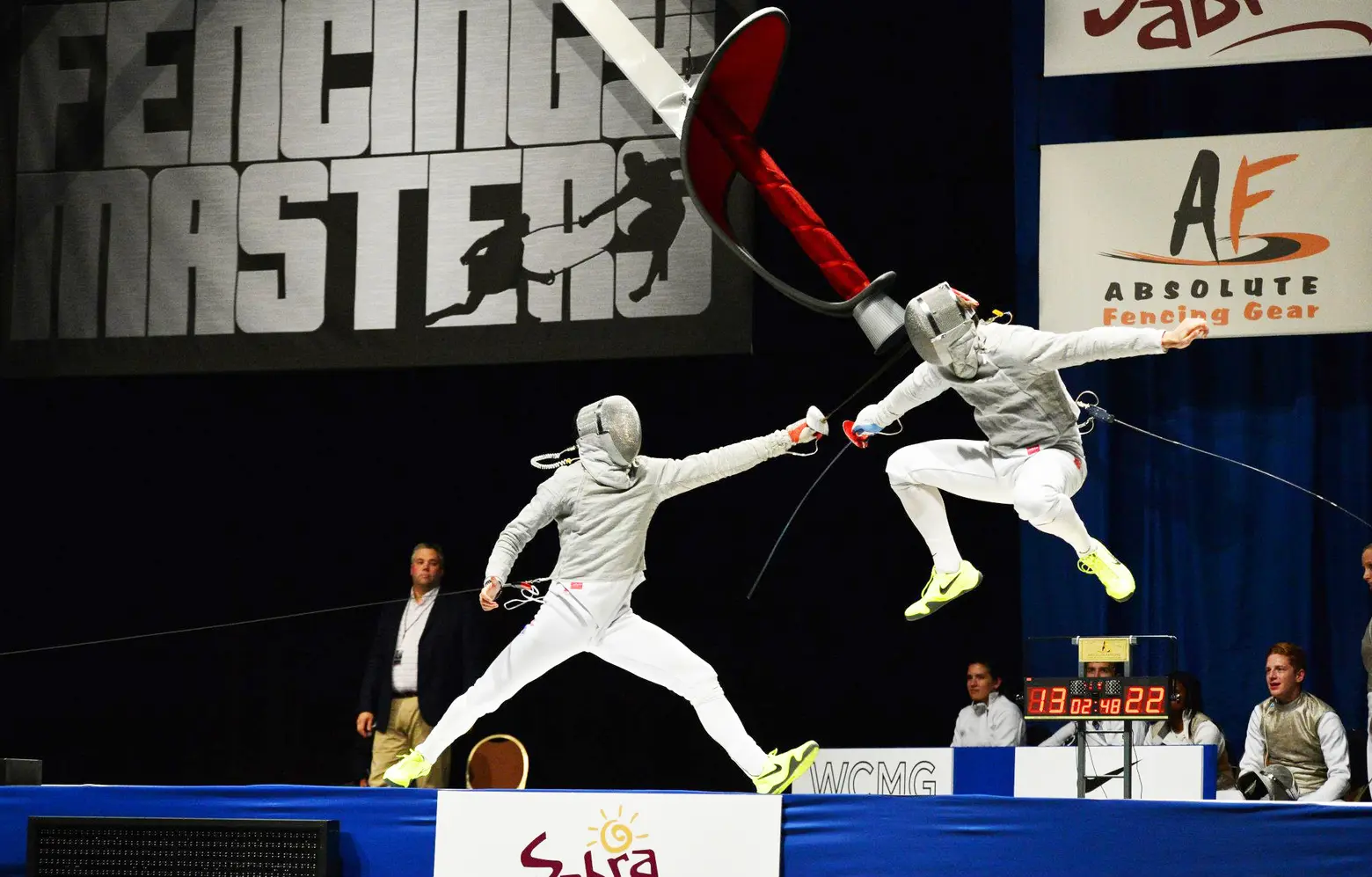
What would you tell New Yorkers who have never tried fencing?
In general, my life philosophy is that you should always be trying new and different things. If you’re an adult and you want to compete in a sport that’s very safe (I know a lot of people play basketball and there’s a high level of ankle injuries), there’s a category in fencing for you. If you look at studies about the impact fencing has on you mentally and physically, it’s one of the greatest sports in the world.
+++
Tim Morehouse Fencing Club
210 West 91 Street, 3rd Floor
New York, NY, 10024
[This interview has been edited for clarity]
RELATED:
- Spotlight: HRCS’ Robert Burke on Teaching City Kids to Sail the Hudson River
- Spotlight: New York Croquet Club’s Peter Timmins Brings the Game to Central Park
- New Yorker Spotlight: CurlNYC Has Brought Curling to New York and They Want You to Try It
All images courtesy of Tim Morehouse and Tim Morehouse Fencing Club
